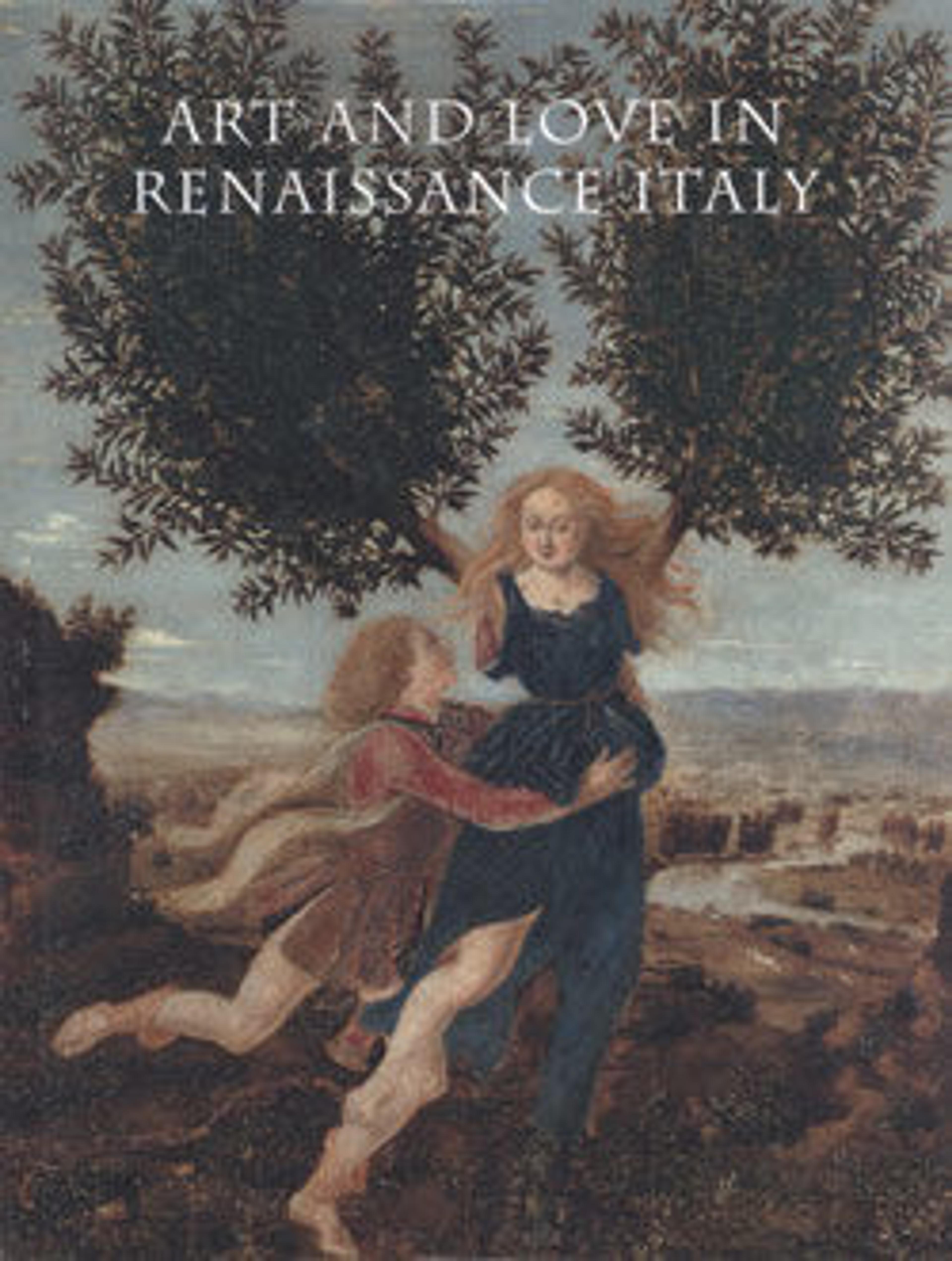The Marriage of the Virgin
Among the most celebrated painters of his day, Michelino da Besozzo worked for the ruler of Milan as well as in Venice. This is one of only two panel paintings certainly by him. The surface is damaged. The packed composition is laid out much like his work in illuminated manuscripts, and the comical reactions of the rejected suitors reveal the humorous vein of his art that captivated contemporaries.
Artwork Details
- Title:The Marriage of the Virgin
- Artist:Michelino da Besozzo (Michelino de Mulinari) (Italian, Lombardy, active 1388–1450)
- Date:ca. 1430
- Medium:Tempera and gold on wood
- Dimensions:25 5/8 x 18 3/4 in. (65.1 x 47.6 cm)
- Classification:Paintings
- Credit Line:Maitland F. Griggs Collection, Bequest of Maitland F. Griggs, 1943
- Object Number:43.98.7
- Curatorial Department: European Paintings
More Artwork
Research Resources
The Met provides unparalleled resources for research and welcomes an international community of students and scholars. The Met's Open Access API is where creators and researchers can connect to the The Met collection. Open Access data and public domain images are available for unrestricted commercial and noncommercial use without permission or fee.
To request images under copyright and other restrictions, please use this Image Request form.
Feedback
We continue to research and examine historical and cultural context for objects in The Met collection. If you have comments or questions about this object record, please contact us using the form below. The Museum looks forward to receiving your comments.
